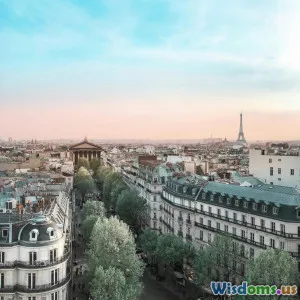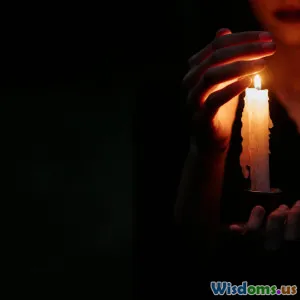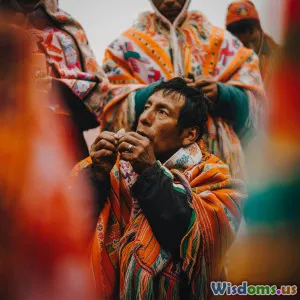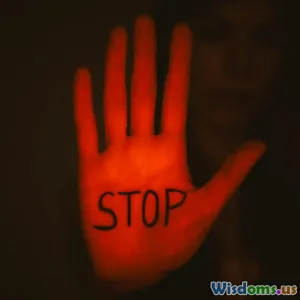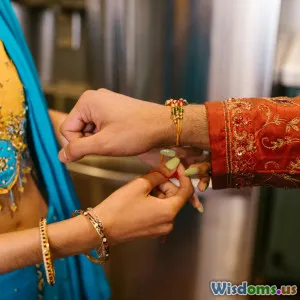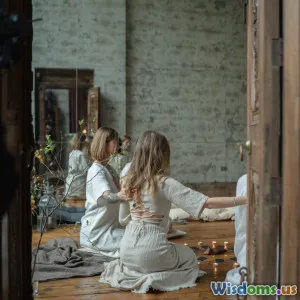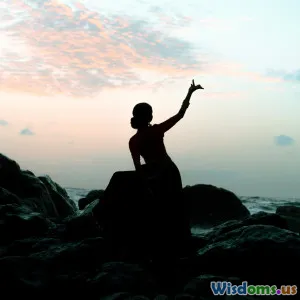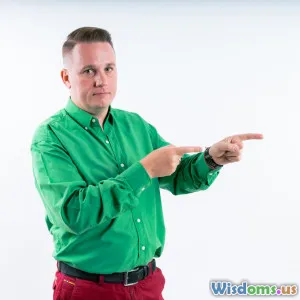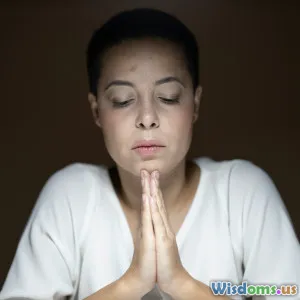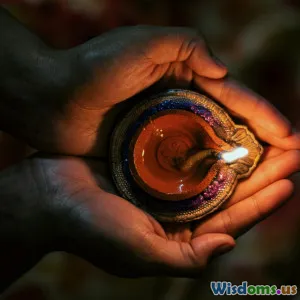
The Intersection of Religion and Magic
7 min read Explore how religion and magic intertwine, shaping beliefs and stage mysteries throughout history and culture. (0 Reviews)
The Intersection of Religion and Magic: Unveiling the Mysteries
Introduction
From the flicker of ancient torches over sacred altars to the dramatic waving of a magician’s wand on stage, the worlds of religion and magic have been intertwined in captivating and complex ways. These realms, often seen as distinct or even opposed, share a fascinating common thread: the human quest to understand, influence, or transcend the natural order.
The intersection of religion and magic is a profound topic not only for historians and anthropologists but also for enthusiasts of stage magic who trace their craft to ancient rituals and mystical traditions. This article explores how magic and religion overlap historically, culturally, and in contemporary practices, highlighting the blurred lines that challenge conventional definitions.
Historical Roots: When Magic and Religion Were One
Ancient Practices And Reciprocity
In many ancient cultures, magic and religion were practically inseparable. The term “magic” originally referred to rituals performed by priests or shamans, intended to communicate with and influence supernatural forces.
For example, in ancient Mesopotamia, priests performed intricate rites combining incantations, astrology, and offerings to deities, practices that modern scholars might categorize both as religious and magical. The Enuma Elish and other Babylonian texts show gods interacting with magic as a form of divine power.
Similarly, in Ancient Egypt, spells and rituals were directly linked to religious beliefs. The “Book of the Dead” contained formulas that guided souls through the afterlife, blurring the lines between magic (spellcasting) and religious doctrine.
Middle Ages: Witchcraft and Religious Authority
During the Middle Ages, the relationship between religion and magic grew more complicated. The Christian Church often condemned practices deemed magical as heresy or devil-worship. Yet, many rituals considered “magical” coexisted with religious rites.
The infamous witch trials illustrate this tension. Often, healers or wise women practicing herbal magic and folk rituals were persecuted by religious authorities. However, the very concept of witchcraft was shaped by religious doctrine defining orthodox versus forbidden supernatural practices.
At the same time, some clergy used what could be deemed magical practices themselves—such as exorcisms, relic veneration, and blessings—demonstrating a porous boundary.
Contemporary Views: Differentiation and Overlap
Modern Religious Perspectives on Magic
Most major religions today maintain differentiated views on magic. For instance, mainstream Christianity largely rejects magic as forbidden supernatural manipulation, emphasizing faith and divine intervention instead.
However, some indigenous religions and neo-pagan movements embrace both spiritual devotion and magical practices as complementary. Wicca, for example, openly integrates ritual magic with religious belief — celebrating the sacredness of nature alongside spell work.
Stage Magic and Its Religious Echoes
Stage magicians often borrow symbolism and ritualistic elements rooted in religious and mystical traditions. Illusions that invoke awe, transformation, and mystery parallel religious experiences of wonder and revelation.
Take Dante the Magician, a prominent 20th-century performer, who incorporated mystical symbols and phrases straight from ancient sources, crafting his illusions as modern rituals.
Further, the theatricality of stage magic—robes, incantations, and sacred-like spaces—echoes ceremonial customs, highlighting how magic on stage plays with the sacred’s aura without claiming supernatural power.
Case Studies: Real-World Examples
Voodoo: Religion and Magic in Practice
Voodoo exemplifies religious and magical synthesis. Practitioners adhere to religious beliefs involving spirits (lwa) and perform magical rituals like offerings, spellcasting for protection, or healing.
Anthropologist Zora Neale Hurston famously studied Haitian Vodou and documented how believers navigate a worldview where magic is embedded within faith.
The Role of Magic in Religious Healing
Spiritual healers across various religions frequently employ what might be classified as magical practices: laying on of hands, chanting, and using amulets. These acts straddle a boundary; though religious in intent, they involve an element of manipulating unseen forces akin to magic.
Studies such as those compiled by sociologist Tanya Luhrmann show how such practices psychologically and socially impact believers, illustrating the interplay of magic, faith, and healing.
Conclusion: Beyond Boundaries—Understanding Their Shared Fascination
Religion and magic endure as inseparable facets of the human attempt to understand and influence existence beyond ordinary means. Their intersection is layered with history, culture, and psychology—where awe, mystery, and the divine converge.
Stage magic continues this legacy, providing a secular space to experience wonder while echoing ancient mysticism. Understanding this crossroad enriches our appreciation of cultural practices and reframes how we interpret spiritual and magical traditions.
By delving deeper into their connections, we gain fresh insight into why humans are drawn to the mysterious, be it through faith, illusion, or a mix of both.
“Magic came into the world along with man. They cannot be separated because they are both born of wonder.” —Robert Reid
Whether as a believer in a faith, a student of history, or a fan of stage illusions, the crossroads of religion and magic invite us to explore how humanity grapples with the unseen forces shaping life and perception.
References:
- Green, Thomas A. Magic and Religion in Ancient Mesopotamia. University Press, 2017.
- Hurston, Zora Neale. Tell My Horse: Voodoo and Life in Haiti and Jamaica. Harper & Row, 1938.
- Luhrmann, Tanya. When God Talks Back: Understanding the American Evangelical Relationship with God. Vintage, 2013.
- Derrida, Jacques. Faith and Knowledge. 1990.
Rate the Post
User Reviews
Popular Posts










